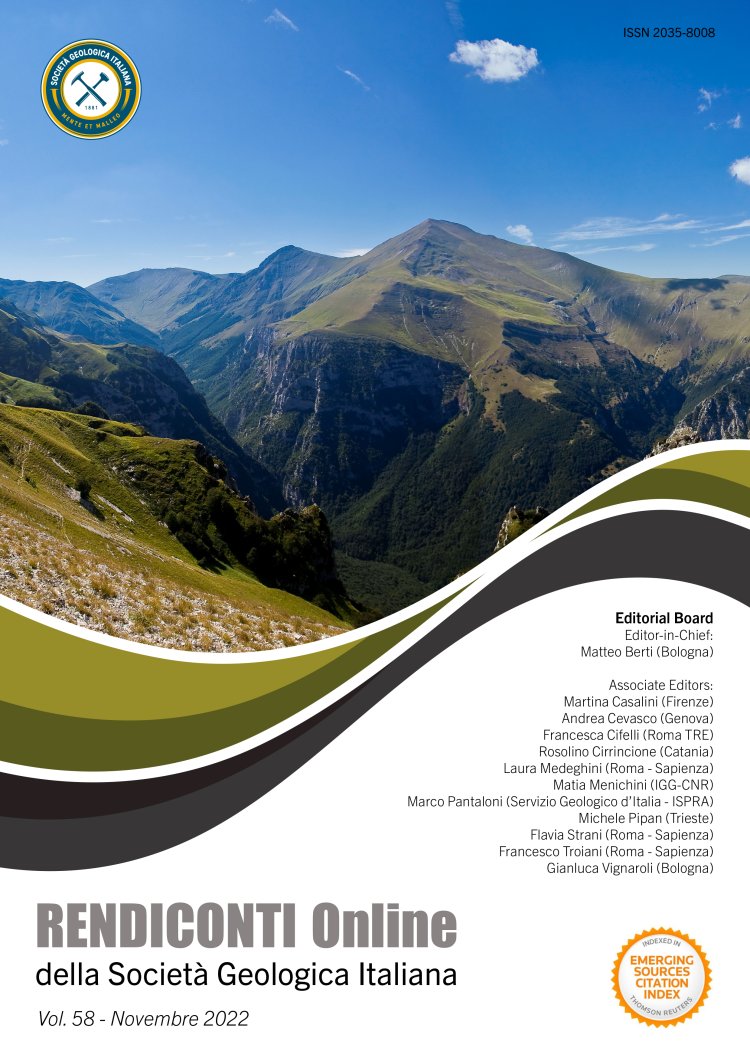
Hydrogeological parameterization of the landslide of Lamosano, (Eastern Italian Alps)
Filippo Tommaso Catelan1, Leonardo Piccinini2, Giulia Bossi1 & Gianluca Marcato1
1CNR IRPI, Corso Stati Uniti 4, 35127 Padova, Italy.
sup>2 Università degli Studi di Padova Dipartimento di Geoscienze, Via Gradenigo 6, 35131 Padova, Italy.
Corresponding author e-mail: filippo.tommaso.catelan@irpi.cnr.it
Volume: 58/2022
Pages: 16-21
Abstract
The area of the village of Lamosano, in the province of Belluno (North-East Italy), has been critically affected for several decades by a landslide that has caused significant damages to buildings and infrastructures. This instability process, involving almost the whole village, is set in a 30-meter thin layer of Quaternary deposits and marls. Groundwater flow within these deposits has been identified as one of the primary causes of the slope movement.
With the purpose of identifying fundamental and useful parameters for the intelligent design of landslide countermeasures, a series of geological and hydrogeological investigations have been carried out.
Through the analysis of 18 stratigraphic logs, a geological model for the subsoil was provided.
The hydrogeological characterization concerned the realization of slug tests and point dilution tests to properly estimate the hydraulic conductivity (K) and the groundwater flow velocity (vd), respectively. Both investigations have been conducted on the five piezometers available in the study area. A satisfactory agreement has been detected between the K values and vd.
The data provided in this study can be used as a basis for the efficient implementation of a coupled hydrogeological-mechanical model, which would considerably contribute to the mitigation of the landslide risk.
Keywords
Get Full Text